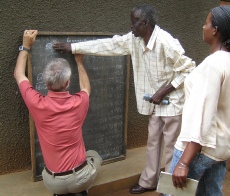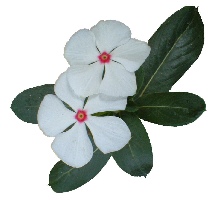
© 2012 -
This site does not use cookies





Breeders’ Groups
The village: the basic unit
In Uganda, a ‘village’ is a basic administrative unit consisting of about 50 households. These are not usually concentrated in a village centre as in the UK, but are mostly individual homesteads scattered over an area of 1 to 20 sq km.
Typically we place a male goat per project village; but where villages are small or large, this is adjusted to achieve an optimum distribution.
Training is normally carried out at village level, although it is common for the keenest people from neighbouring villages to attend.
The parish: building a viable breeding population
The ‘parish’ is the next level of local government above village. On average there are around 8 villages per parish, although this varies greatly. It is not feasible to work with isolated villages, so we will only work in an area if there is a minimum cluster of 3 villages, preferably in the same parish. Once the breeding population has been established, this parish level breeders group will be the primary way that the rotation of the males will be organised.
Higher level groups
Because transport is relatively expensive, and because there are very many different
languages in Uganda, intermediate groups are needed between the parish and national
levels. This could be at sub-
This is the level at which seminars and workshops are likely to take place, enabling sharing of experiences.
National level
The national level will be essential for directing breeding policy and other aspects of the programme administration. Once sufficient parish and higher level groups become established, representatives will be invited to discuss the formation of the national level organisation. This will probably happen around 2014 or 2015, at the same time as the first parish level groups assume responsibility for buck selection and rotation.


